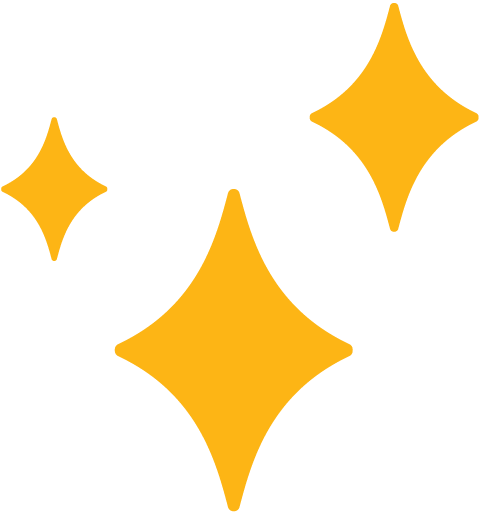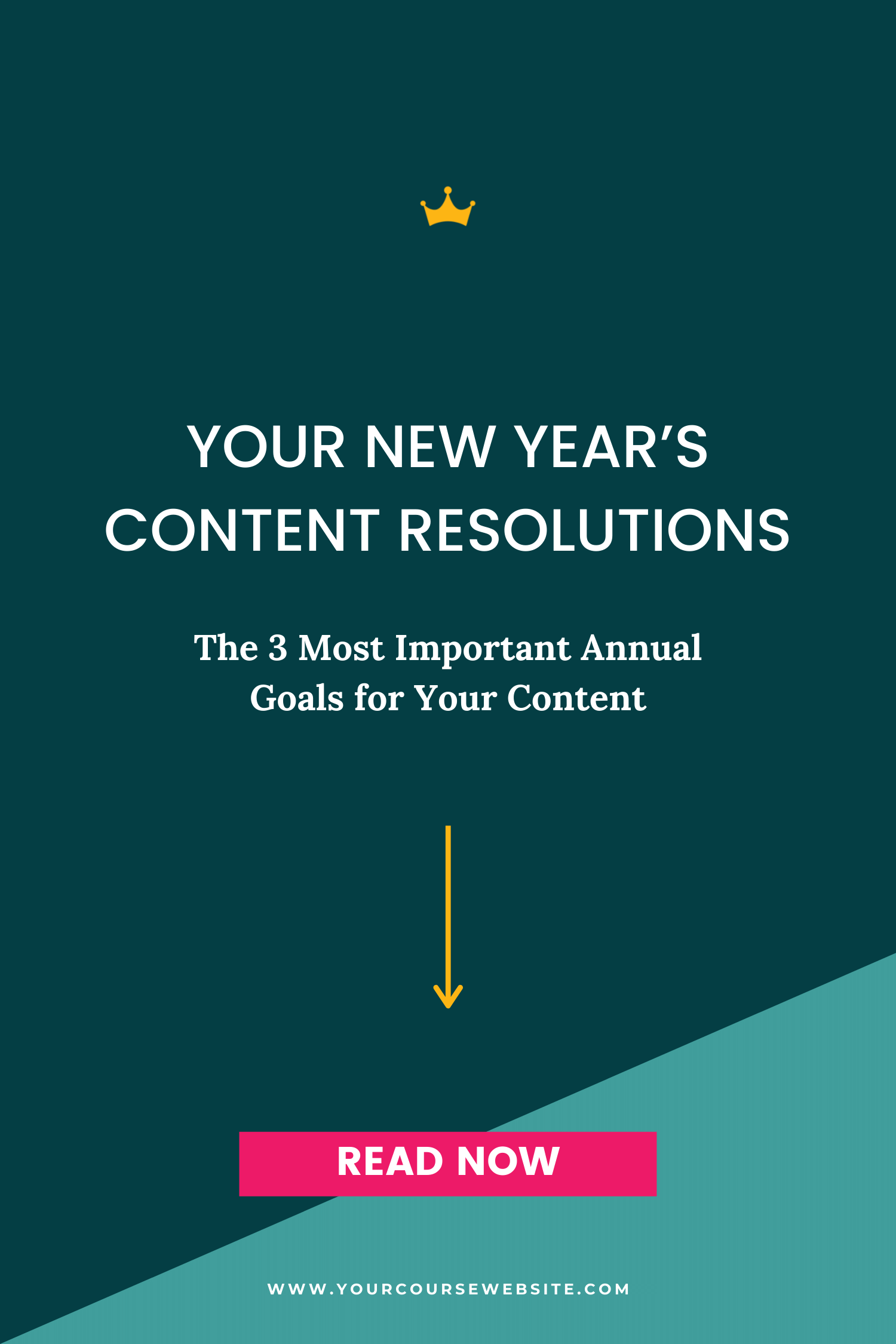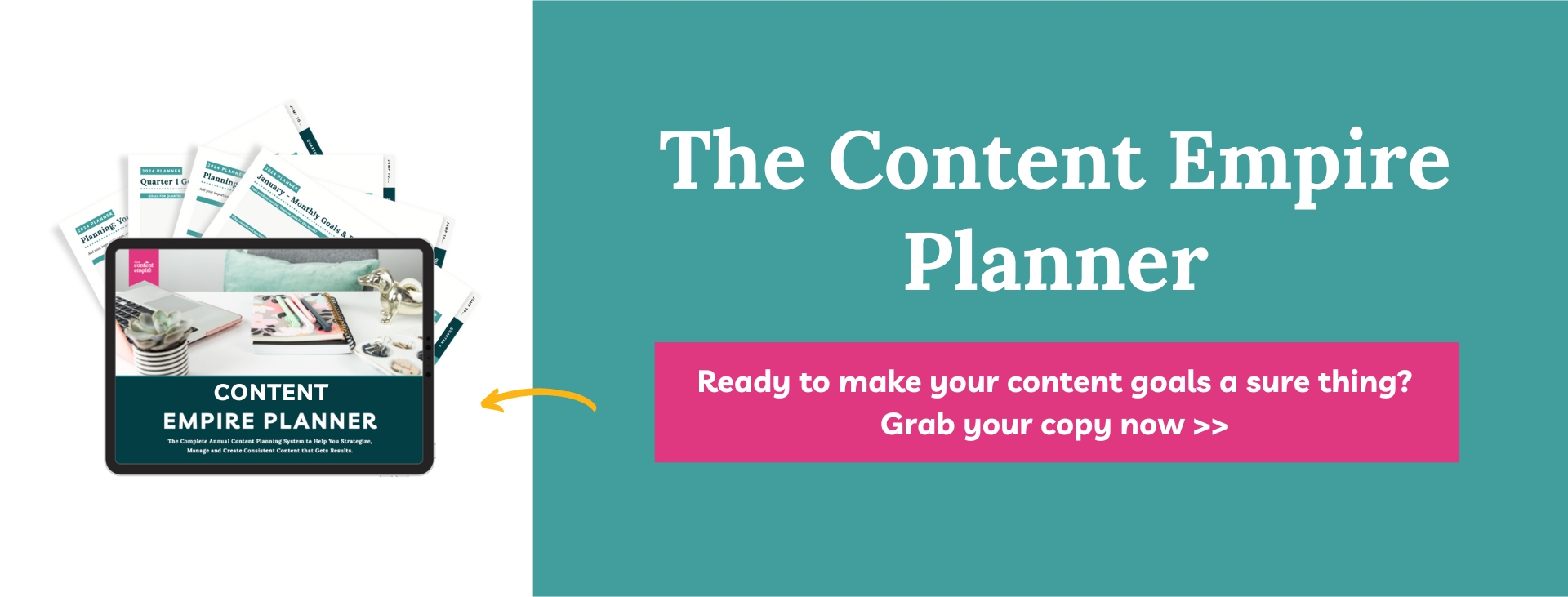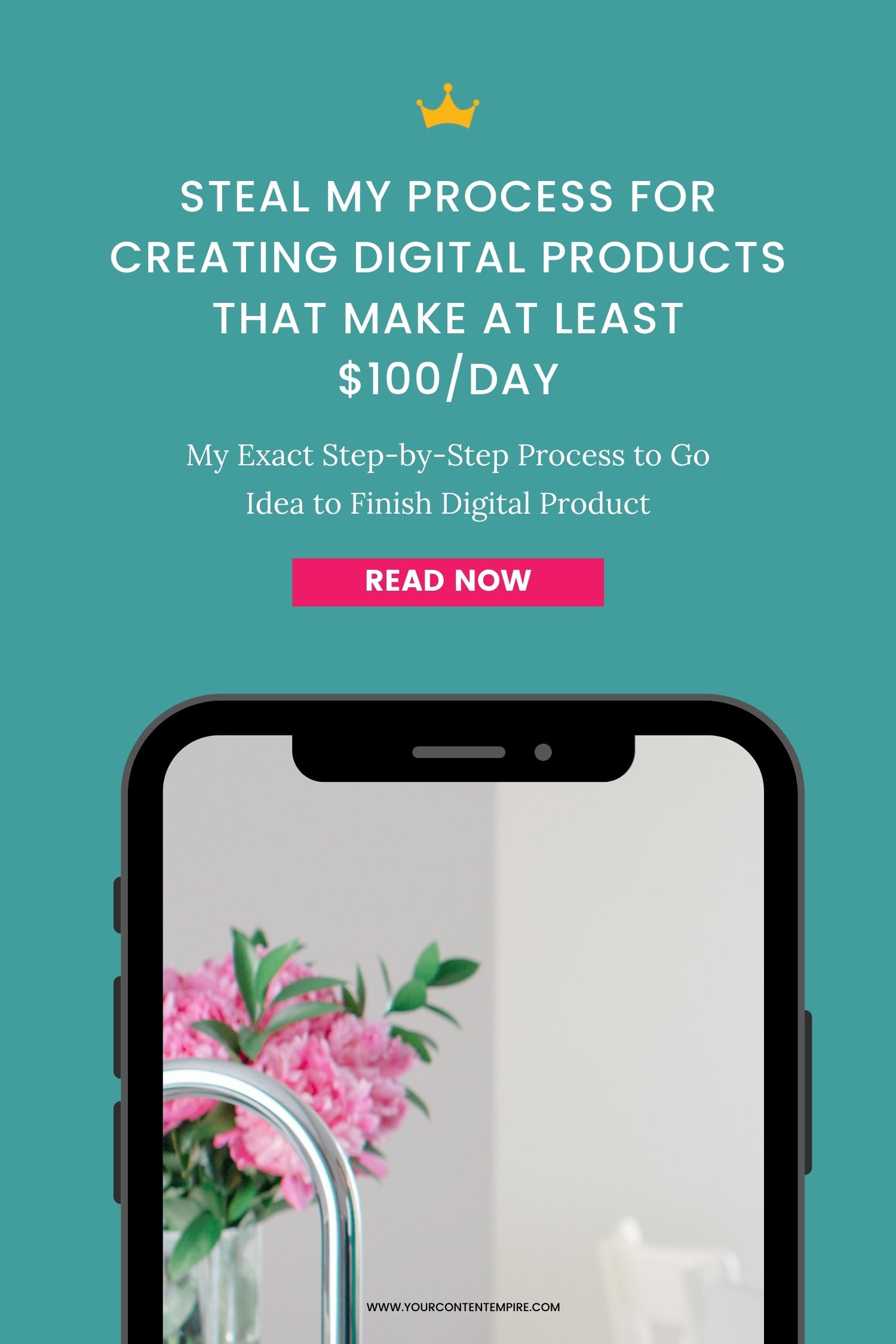I love beginnings. Whether it’s a blank page, a fresh new bottle of shampoo, the start of the year (or even September 1), I’m in my zone when I get to start on a fresh foot. However, like most people, I’m also very likely to enjoy all of the thrills of a new year and then within a few weeks (or days) forget all of my good intentions.
Something I always say (to myself on repeat) is start less, finish more. Because when it comes down to it, it really doesn’t matter how many projects you start (or half-start or have the intention of starting). It’s all about what projects you finish.
That’s why I definitely believe in focusing on a few big things rather than a bunch of little things. Prioritizing is one of those keys to success that apply to everyone in every field. If you wanna get really good at something, you better have the time, energy and mental focus to dedicate to it.
There are a few content resolutions that I see come up again and again with the business owners I speak with:
- Getting more consistent with content
- Establishing themselves as the go-to expert
- Making more sales
Here’s what I would say if you and I were having a one-on-one conversation about any of these resolutions:
Prefer to watch this blog post instead? Click on the video below!
Content Resolutions: #1 Getting More Consistent with Content
The first step to creating consistency in your business, especially with your content, is to get real about what consistency means in your business.
Start by examining what channels you’re currently using and planning to use.
Are there any that you just never use despite your best intentions? Drop those. It’s better to focus on a few key channels that you can consistently maintain than try to do everything.
The one exception is your newsletter and email list, which is the most important channel you have and one of your biggest business assets. Everything else is fair game!
To that end, I’ve created the E.A.S.E. Content Strategy Method which can help you increase your content consistency by simplifying the number of channels you’re focusing on. The E.A.S.E. represents the 4 different types of content platforms that every business owner should consider including in their strategies:
- An Expertise Platform – 1 platform to educate your community
- An Attraction Platform – 1 platform to get in front of new people
- A Selling Platform or Strategy – 1 platform or strategy for selling your offers
- An Engagement Platform – 1 platform for engaging with your community and having conversation
Once you’ve narrowed down and selected the content channels you can consistently maintain, get real about a frequency with each you can commit to fully. My version of consistency may not be yours or vice versa—so really get clear on what will work for you, your lifestyle and your business. There’s no wrong or right definition, it’s just the regularity that’s important.
I would suggest starting with a lower and more realistic number of posts that you can maintain easily and then increase the frequency if you feel like it—especially if you’re just starting out in either your business or with maintaining a content strategy.
Saying you’re going to blog every day when you’ve barely managed once a week in the past? Probably not the best way to go…
If you have a business, create content, and want to get organized and stay productive—you need this planner (at least that’s what hundreds of repeat buyers have said).
Content Resolutions: #2 Establishing Yourself As the Go-To Expert With Your Content
The top tip for establishing yourself as an expert (even if you’re just starting out)? Being of service. Sounds simple (and it really is) but if your primary goal of any content you create is to be of service to your community and audience, and then the transition from amateur to expert will occur very quickly.
Your 1-stop check to make sure you’re coming from a place of service: With each piece of content you create, ask yourself if it’s (a), something your potential clients and customers are struggling with, and (b), providing a solution.
If you want to learn more about using content to become that go-to expert for your audience, check out my post on “5 Secrets to Content that Establishes You As the Expert.”
Content Resolutions: #3 Making More Sales with Content
Sometimes it can be hard to tell which of your activities are bringing in the most business. And when you’re using the “cross-your-fingers, publish and hope” method as a content strategy, results become even muddier.
But using and implementing a “smarter, not harder” content strategy leaves little doubt – your content will definitely net you more visibility, appreciation (especially when combined with resolution #2) and sales.
Think about it—you’re a business owner, not a blogger, and so you should be approaching content a little differently. Any free content you create should be a preview, a taster and a direct relative of the services or packages you offer. This means that your paid offers should be the next logical step once a reader is done reading or implementing your free content.
Start by evaluating your current freebies.
Which paid offer does it relate to the most? If you were to send a follow-up email sequence to someone who’s just downloaded the freebie, would the paid offer at the end of the sequence surprise them?
If so, you might need to reevaluate what freebie you should be offering as you build a list of qualified subscribers. Qualified meaning potential customers who based on their choice to sign-up for your freebie would also be interested in your paid offers.
Don’t let content overwhelm you
Allow yourself to start fresh (it’s a new year after all!) and focus on getting more consistent with content, establishing yourself as the go-to expert, and making more sales. Scraping the little things and focusing on a few big things will have you seeing results.
Want a Partner for Reaching Your Content & Business Goals?
If you have a business, create content, and want to get organized and stay productive—you need this planner (at least that’s what hundreds of repeat buyers have said).







